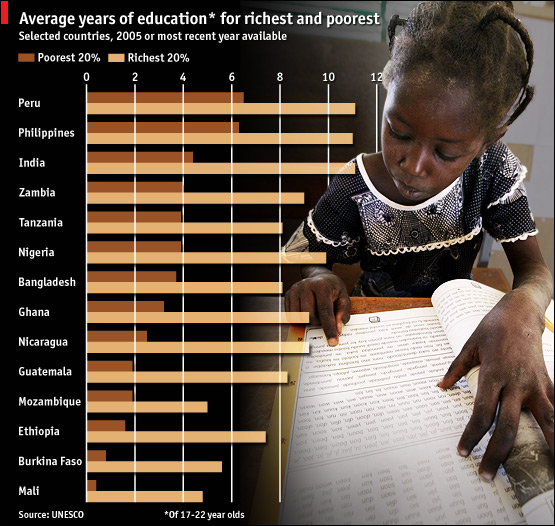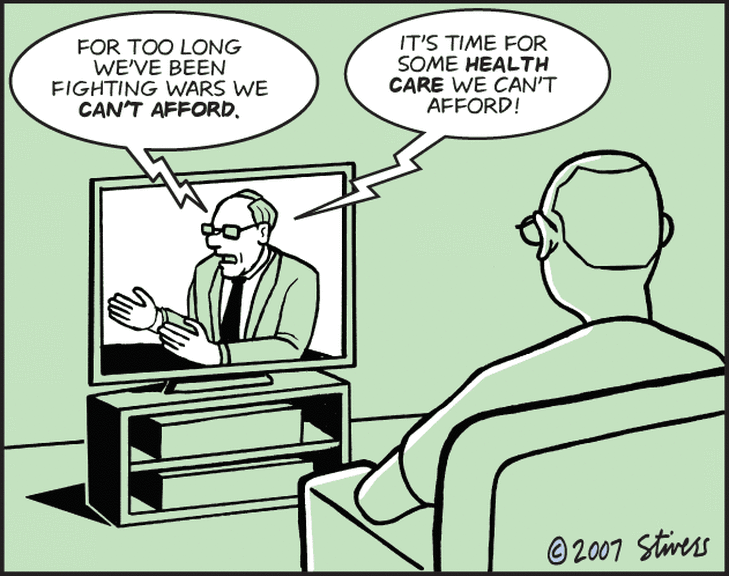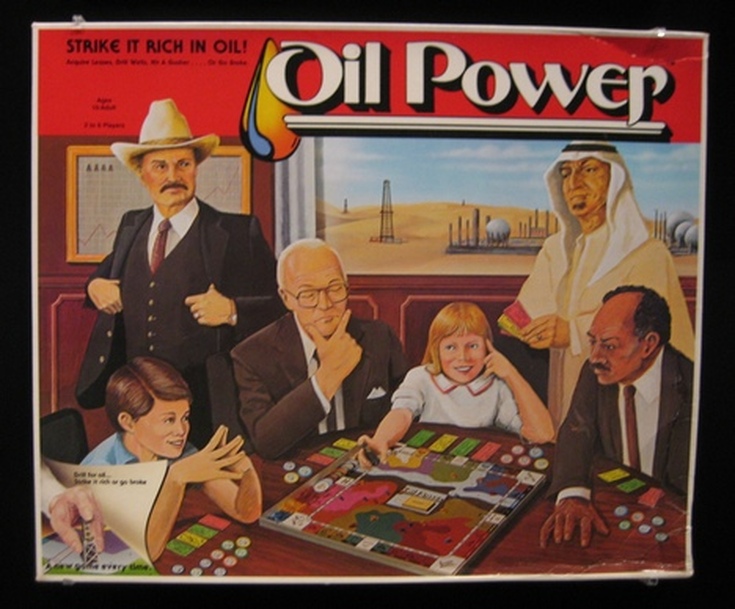Unfortunately, signs of inequality are often manifested in education systems, formal and non-formal schools. Those who are most often targeted are individuals from minority, indigenous and other vulnerable groups. In class, you were asked to choose between reading one of two cases related to educational injustice and inequality (particularly against a religious minority)--anti-Muslim discrimination in U.S. Schools and denied access to higher education for Bahá’ís in Iran. After reading the case that you selected, please make sure to answer the following questions:
***Your response (blog post) to this blog above is required by Sunday, December 18, 2011 at 11:59 p.m.***
- Which case did you read? Please provide a brief summary (two to three sentences) explaining the background of the case study you read.
- What do you think the potential and actual causes of this kind of discrimination could be? Why is it happening in the first place? What factors are at play here?
- How would you personally feel if you were in the place of the religious minority group that was discriminated against? Please explain your response.
- Think of a time during any part of your own educational/sc experience in which you experienced and/or witnessed an act of injustice, discrimination, inequality, inequity, and/or prejudice taking place. Please explain the event, and how you reacted to it. Would your reaction be any different now? If so, how so? If not, why not?
***Your response (blog post) to this blog above is required by Sunday, December 18, 2011 at 11:59 p.m.***




 RSS Feed
RSS Feed